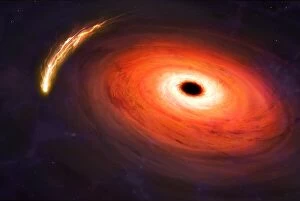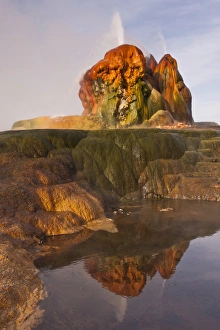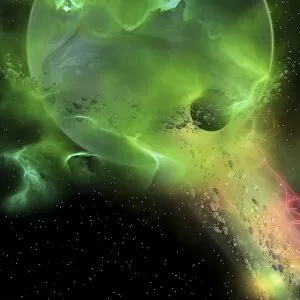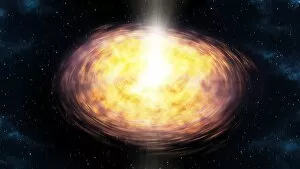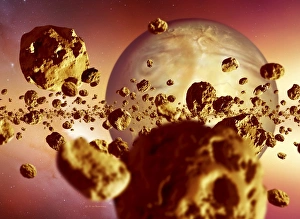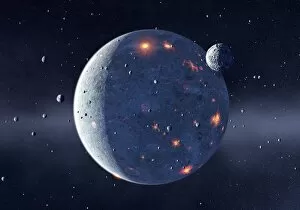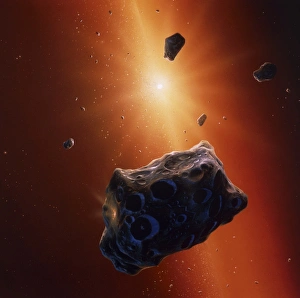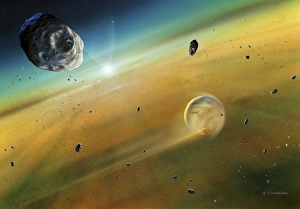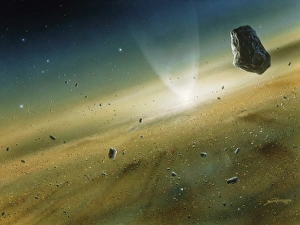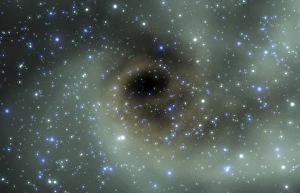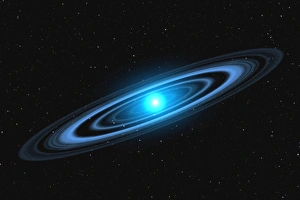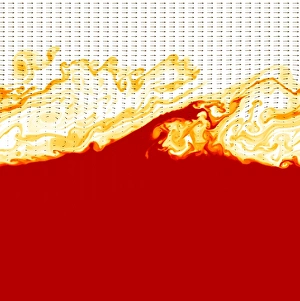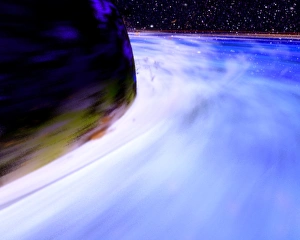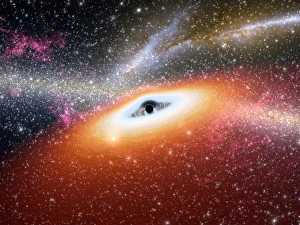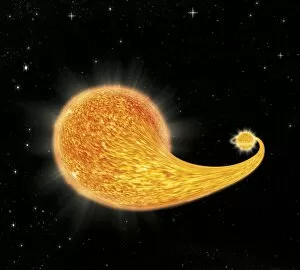Accretion Collection
Accretion, the captivating force that shapes our universe
All Professionally Made to Order for Quick Shipping
Accretion, the captivating force that shapes our universe. From the depths of a black hole in space to the mesmerizing Fly Geyser in Nevada's Black Rock Desert, accretion manifests itself in various forms. In the vast expanse of space, a black hole looms ominously, devouring everything that comes its way. Its gravitational pull is so strong that not even light can escape its clutches. It serves as a reminder of the immense power and mystery hidden within our cosmos. Meanwhile, amidst the arid landscapes of Nevada's Black Rock Desert, we find ourselves gazing at the enchanting Fly Geyser. Its vibrant hues and otherworldly formations transport us to another realm altogether. This natural wonder stands as a testament to nature's own process - layer upon layer building up over time to create something truly extraordinary. As we delve deeper into this concept, we witness illustrations depicting a black hole obliterating a star with its destructive might. The sheer violence and energy unleashed during such an event are awe-inspiring yet humbling reminders of how small we truly are in comparison to these cosmic forces. Returning once again to Nevada's Black Rock Desert, where views of the Fly Geyser continue to captivate us with their ethereal beauty. These bubbling geothermal pools seem almost extraterrestrial in nature; they remind us that even here on Earth, accretion takes place - shaping our landscapes through geological processes over thousands of years. But let us not forget about our very own planet Earth and its origins. In primordial times, it was formed by countless asteroid-like bodies colliding together relentlessly until eventually giving birth to what we now call home. And finally, imagine witnessing the birth of new planets as spheroid shapes emerge from swirling clouds of dust and gas – an intricate dance orchestrated by gravity itself. Accretion is more than just an astronomical phenomenon; it is a fundamental process that shapes the very fabric of our existence.

